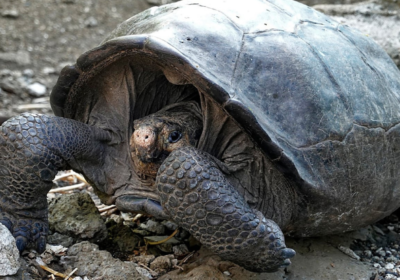What are mangroves? Are they just insignificant swampy marshes? Or just breeding places for mosquitoes and other nasty insects? Not at all! In fact, mangroves are one of the most significant ecosystems of the world. So, let’s learn more about the ecological importance of mangroves.
Mangroves are a unique group of tropical trees and shrubs that live between the land and the sea. They are the only plant species that can tolerate salt water, with many adaptations that help them survive in the inter-tidal zone. Now, let’s explore some of the major advantages of the mangrove forests.

Coastal protection
Mangrove forests protect the coastline, and control the erosion of soil due to strong ocean surges and tides. They have large tangles of prop roots that help them survive the high and low tide cycles. These roots help control the water movement, and cause sediments to settle down and create a muddy bottom.
The dense root systems of mangroves also trap the sediments from rivers and help bind the soil together. Mangrove forests shield the coastal areas during storms and minimize damage. They reduce the height and energy of the wind and waves that pass through them, lowering their ability to cause destruction.
Great carbon stores
Another ecological importance of mangroves is that they are up to ten times more efficient than land ecosystems in absorbing and storing carbon. In this way, they help fight against climate change. They are very critical for long-term storage and ‘sequestration’ of carbon – that is, removal of carbon dioxide from the atmosphere and storing it in biomass and soil.
The destruction of mangroves can lead to massive releases of carbon dioxide, by the loss of trees as well as the breakdown of soil carbon. Mangroves are the most carbon-dense ecosystems in the world, and can act as long-term carbon sinks.
Excellent ecosystems
Mangrove forests are extremely productive ecosystems that provide homes for different species of animals and plants. The dense root system makes these forests attractive to fish and other organisms that seek shelter from predators. The underwater habitat created by their roots provide good nursing environment for many fish species.
Mangrove forests are home to a large variety of fish, crab, shrimp, and mollusk species. Migratory birds are often seen in these wetlands searching for food in their muddy soil beds, and establishing nesting sites. You can also find several species of turtles, monkeys etc. in these regions.
These are some of most significant contributions of mangrove forests towards combating the climatic variations. Unfortunately, a lot of these forest regions are under the threat of urbanization attacks. So, let’s pledge to spread awareness about the significance of mangrove forests and help protect them.
Was this piece of information useful to you? Visit our Fascinating Facts section to read more of such facts.
Here’s Something You Might Like
As a participant in the Amazon Associates Program, Science4Kids may earn from qualifying purchases.




